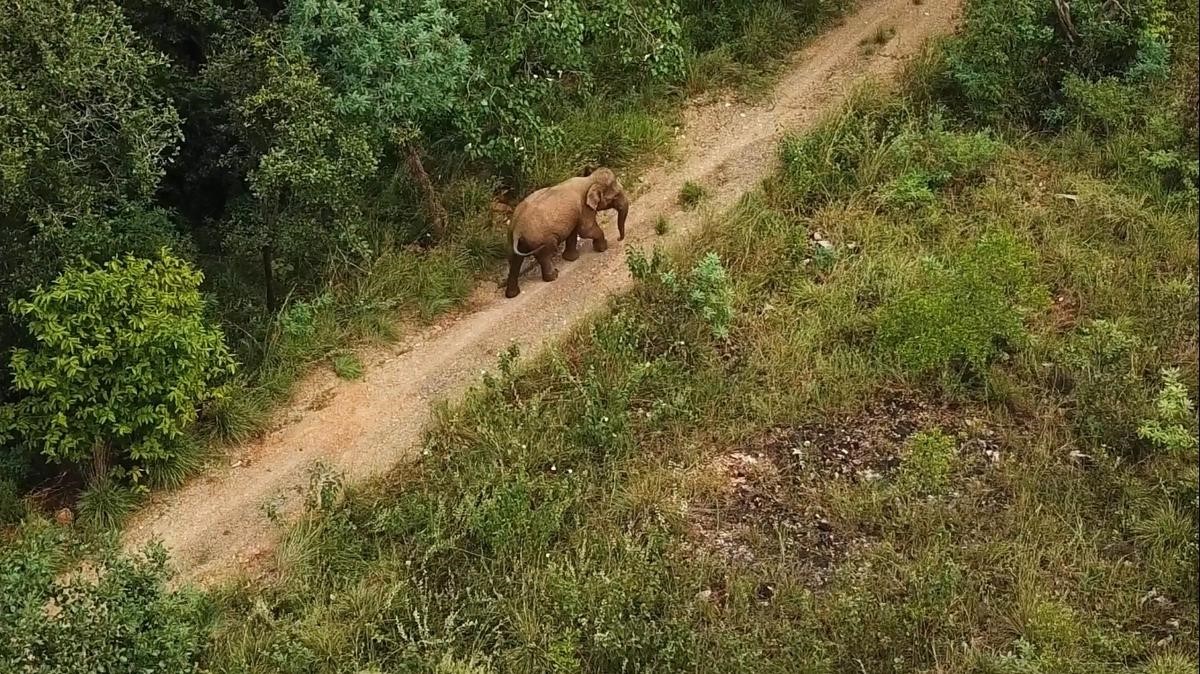Free Courses Sale ends Soon, Get It Now


Free Courses Sale ends Soon, Get It Now



Disclaimer: Copyright infringement not intended.
Context
About Kaundinya Wildlife Sanctuary
History
Geography
Kalyan Revu Water Falls
Kaigal Water Falls
Flora and fauna
Threats and conservation issues
About Seshachalam Hills
Geology
Religious significance
Protected reserve forest
|
PRACTICE QUESTION Q) Which of the following statements with reference to Seshachalam Hills is/are incorrect? 1. They are hilly ranges part of the Western Ghats in southern India. 2. The Srivenkateshwara National Park is also located in these ranges.
Correct Answer: 1 |
https://www.thehindu.com/news/national/andhra-pradesh/jumbo-census-in-seshachalam-hills-koundinya-wildlife-sanctuary-hints-at-sizeable-presence/article66870607.ece/amp/
© 2024 iasgyan. All right reserved